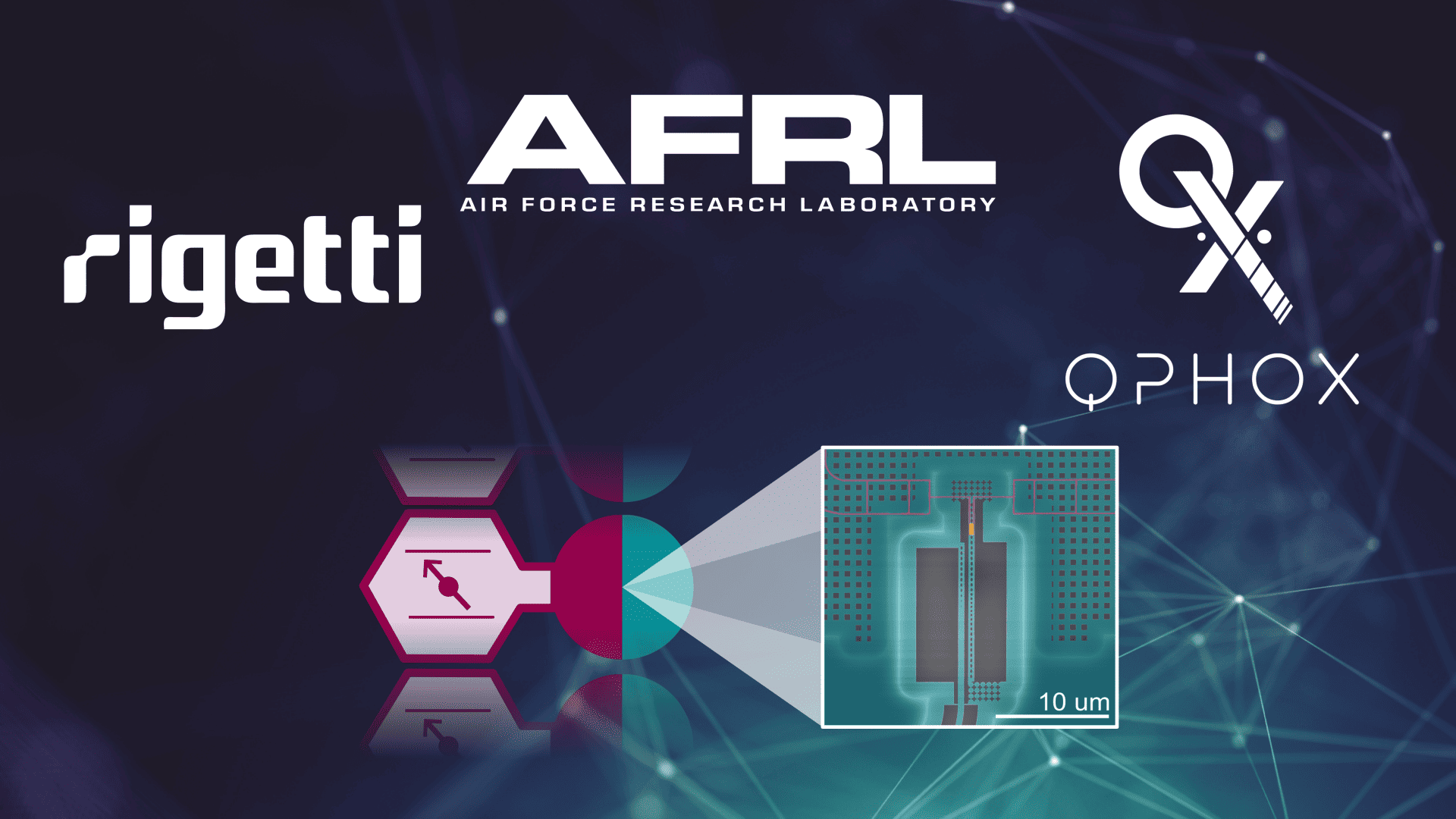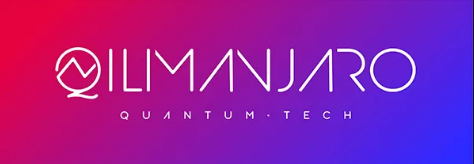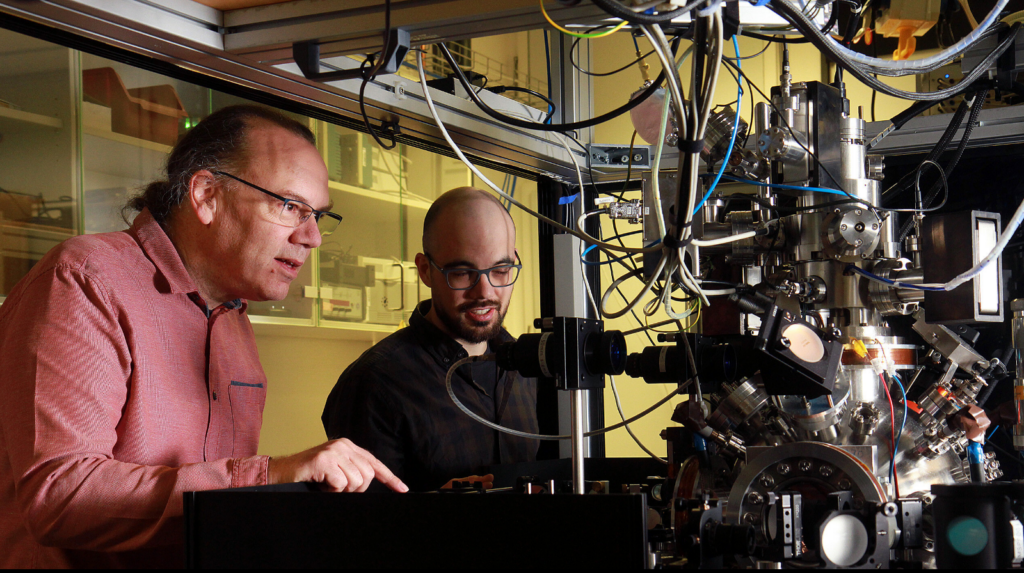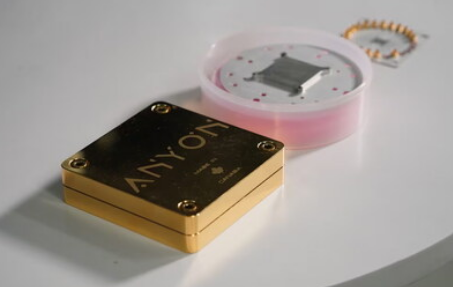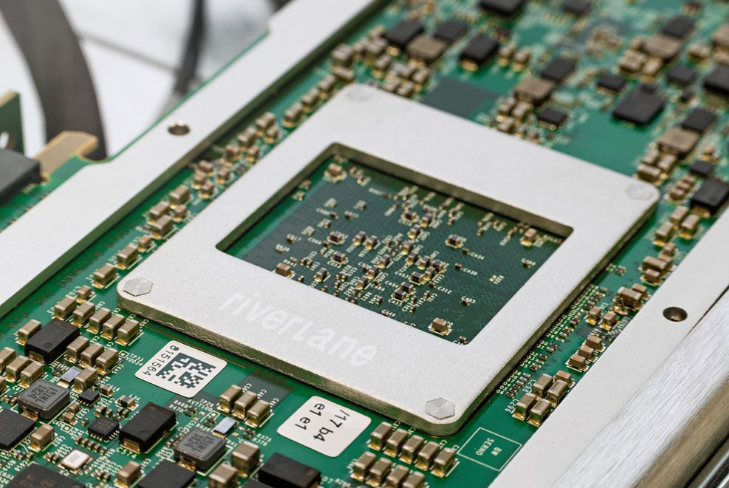Insider Brief
- QphoX and Rigetti Computing received a three-year, $5.8 million contract from the Air Force Research Laboratory to develop superconducting quantum networking technologies.
- The project will integrate Rigetti’s superconducting qubits with QphoX’s microwave-to-optical transducers to enable quantum state transfer over optical fibers.
- The effort aims to establish entanglement between superconducting qubits and optical photons, advancing quantum networking for distributed computing and secure communications.
PRESS RELEASE — QphoX B.V. and Rigetti Computing, Inc. (Nasdaq: RGTI) today announced that they were awarded a three-year, $5.8 million contract from the Air Force Research Laboratory (AFRL) to advance superconducting quantum networking.
Quantum networking is being explored for its potential revolutionary use cases such as distributed quantum computing and developing a secure quantum internet. Much like classical HPC, quantum networks could provide a path for scaling to larger, more powerful quantum computing systems by networking smaller systems together to solve problems by using multiple quantum processors. It could also unlock the ability to transmit information between quantum nodes in different geographical regions.
Our global information networks are enabled by optical data transfer. The impact of optical interconnects can be even greater for quantum information; enabling room-temperature, long-range quantum state transfer between cryogenically cooled quantum processors. A key challenge to networking superconducting quantum computers is the need to convert the microwave signals, which are used to control superconducting qubits, to optical photons that can travel along those fibers. This project aims to deliver systems providing entanglement between superconducting qubits and optical photons, the essential building block of quantum networking.

Building on Rigetti and QphoX’s successful demonstration of qubit-transducer systems working together to perform optical single-shot qubit readout, the team plans to combine superconducting microwave qubits developed by Rigetti with single-photon microwave-optical transducers developed by QphoX. By transferring excitations from the qubit chip resonators to the transducers, the individual microwave photons will be converted to optical photons while still preserving their quantum character.
“Bringing our technology together with our partners directly into the hands of an end-user who develops quantum networks based on superconducting qubits linked with optical interconnects is a critical milestone for this field. This contract represents a great commitment from AFRL to pursue interconnected quantum systems, and it’s fantastic to work with the expert team at Rigetti to make this goal a reality,” says Dr. Simon Groeblacher, QphoX CEO.
“By joining Rigetti’s leadership in designing, fabricating, and operating superconducting qubits with QphoX’s world-class transduction technology, and AFRL’s expertise in hybrid networked quantum systems, this is an exciting opportunity to advance superconducting quantum networking,” says Dr. Subodh Kulkarni, Rigetti CEO. “We are very pleased that AFRL is supporting this technology, which is important for the U.S. to maintain its global leadership in quantum information science.”
“AFRL is actively pursuing the development of heterogeneous quantum interconnects for integrating matter-based quantum technologies, including superconducting qubits, within our recently established telecom-based quantum local area networks (QLANs) in Rome, NY,” says Matt LaHaye, principal research physicist with AFRL. “Interconnects that link superconducting qubit processors with telecom QLANs will be a transformative step to investigations of entanglement distribution for fundamental research and capabilities for Air Force and DoD operations.”

